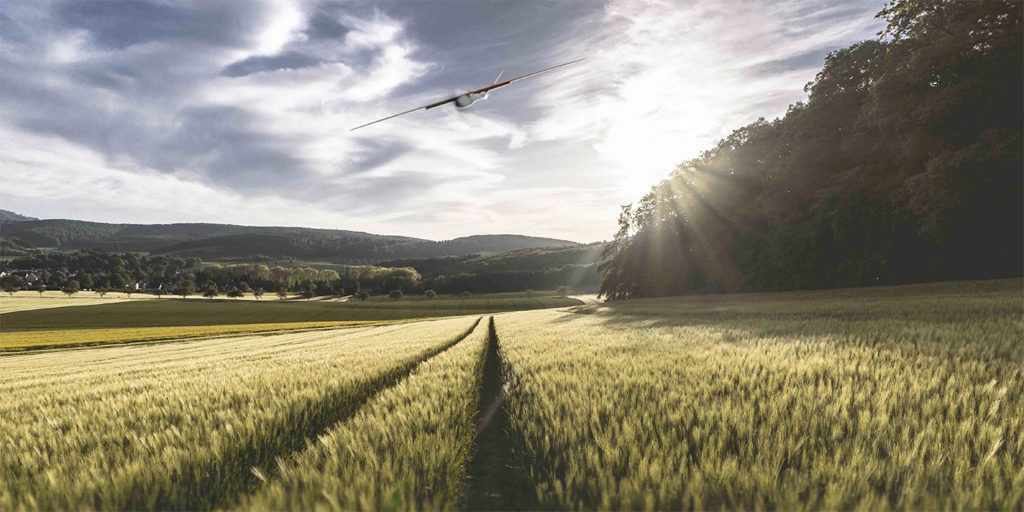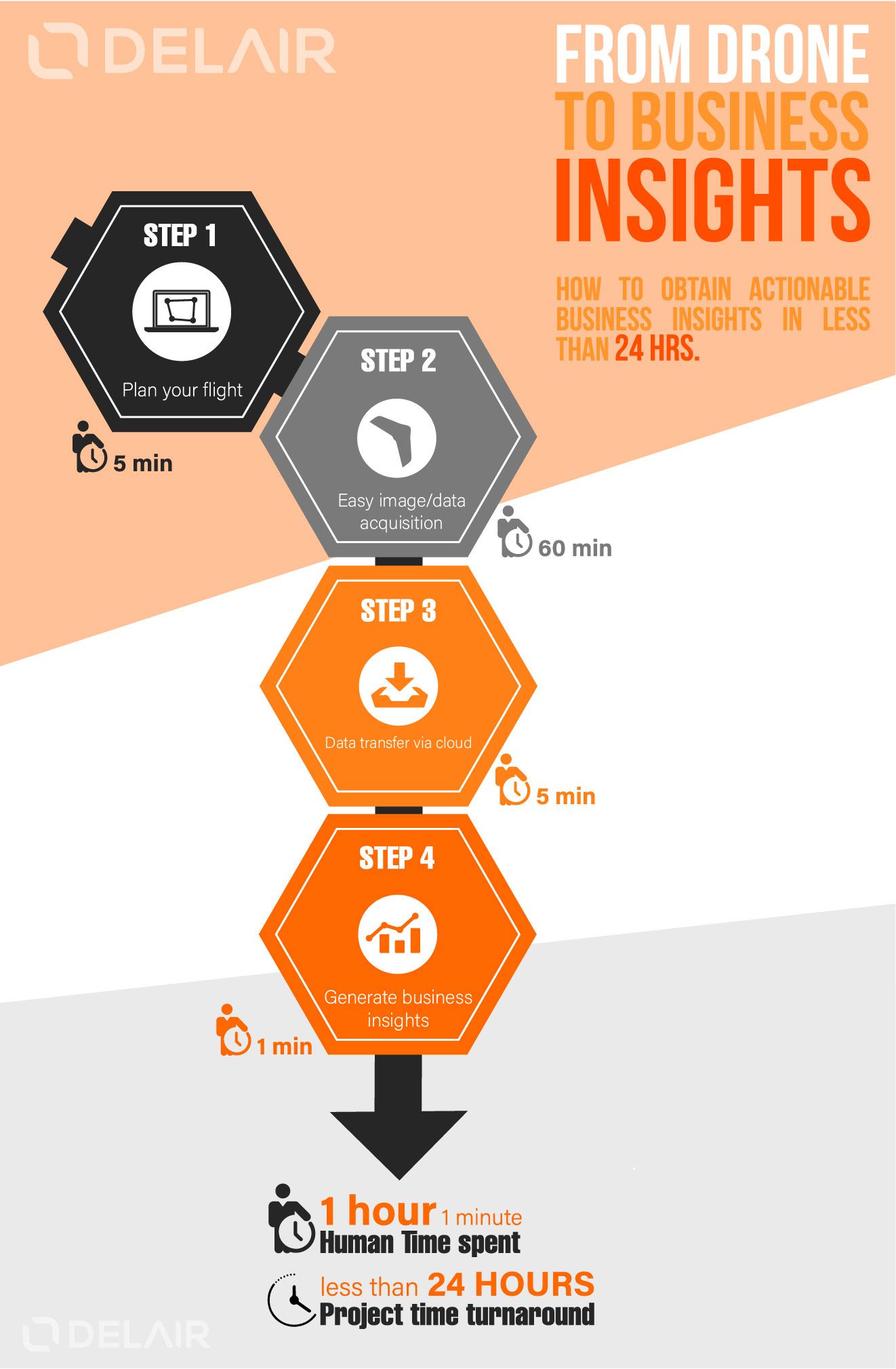Lengthy flight preparation, damaged image capture and vast volumes of unmanageable data – the early days of commercial drone technology now seem like another world. Today, quick planning, cloud storage, actionable data insights and progressive legislation renders drone usage in agriculture an undeniably advantageous asset.
A new revolutionary beta test from the US Federal Aviation Administration (FAA) has launched in the US, which allows drone pilots to ask for airspace permission via a smartphone app. The automated authorisation comes back in seconds.
This is just one example of how the now-proven value of drone technology – and its transformative potential for businesses – is driving governmental organisations to adapt laws that will accommodate, and actively encourage, commercial drone activity.
The correct combination of a long-range drone and cloud-based software solution for precise data analytics reduces costs and time, increases yield, and facilitates company growth into the future.
“A workflow that used to spread across weeks and months is now a fast, easy-to-manage process that can completely turn a business around,” says Lénaïc Grignard, Delair’s Agriculture and Forestry Product Manager.
Grignard adds, “If you tried in the past and weren’t satisfied, now is the time to test the technology again, because today’s drone and cloud software solutions change everything.”
your agriculture business
1.
UAV operation and confusion around flight certification criteria is another barrier that prevents businesses from progressing towards drone-based smart farming operations.
For both, Delair’s team of UAV specialists, now strategically located in 70 countries around the world, train and support clients locally through the entire process.
While there are national laws to follow within each country, they are mostly quick to comply with. As Delair was granted the first Beyond Line of Sight (BLOS) certificate by the French Civil Aviation Authority (DGAC) for the DT18 system in 2012, the UAV itself meets all basic certification requirements.
All that remains is to register your operations in your own country and train or hire a suitable UAV operator (with Delair’s expert help).
2.
Once owners are familiar with the UAV and the software is set up, planning the flight parameters (such as altitude and field overlap) can take as little as five minutes.
“Drone assembly is completed with a few clicks and there is a short checklist to comply with,” explains Grignard.
“Today everything is automatic,” she continues, “including camera adjustment, flight operation, safety procedures and the transfer of data.”
3.
Early drone technology required users to store the hundreds of images gathered during a flight, then return from the field to a computer where an arduous uploading procedure would ensue.
Sometimes after landing, operators would discover that no images were captured during a flight due a technical error, meaning the flight would have to be scheduled again.
As a result, many early adopters decided that this new technology cost time and money rather than saving it.
But today’s user-friendly UAVs and cloud software solutions, such as Intel Insight Platform, keep you in control at all times.
“Images are captured as you observe in real-time and all safety nets are automated too,” says Grignard. “For example, if the UAV doesn’t have feedback from the pilot, it will return to the take-off point.”
4.
 Big data is a buzzword for our times, but how to store, manage and analyse data is one of the biggest challenges businesses are facing. Mastering this, however, is the key to optimising your agriculture business.
Big data is a buzzword for our times, but how to store, manage and analyse data is one of the biggest challenges businesses are facing. Mastering this, however, is the key to optimising your agriculture business.
Up until now, storing and processing the raw image data from drones has been one of the biggest barriers.
“Cloud-based storage and analytics means capacity to keep data easily with high-level algorithms in place to analyse it all,” says Grignard. “Receiving actionable data quickly is key to running successful agriculture operations. Good quality cloud-based systems will do all the work for you, allowing you to present the insights in a clear and easily-actionable way.”
5.
Actionable insights mean that you can manage every inch of soil and plant with an optimised strategy.
Detailed mapping for planning, yield predictions, crop conditions and irrigation approaches, all these and more are possible once a smooth cloud-based system for data analytics is running alongside your drone operations.
More examples of how well-analysed data can optimise your agriculture business can be found here.
“On top of the fact that the data is ready to add value to your business, it is also ready to go from drone to tractor,” says Grignard. “From field to drone to tractor is now seamless and the drone and cloud technology combine to remove all difficulties by making these two different systems work together.”
When combined correctly, cutting-edge UAV technology and cloud-based software solutions can deliver the future you need for your agribusiness.

